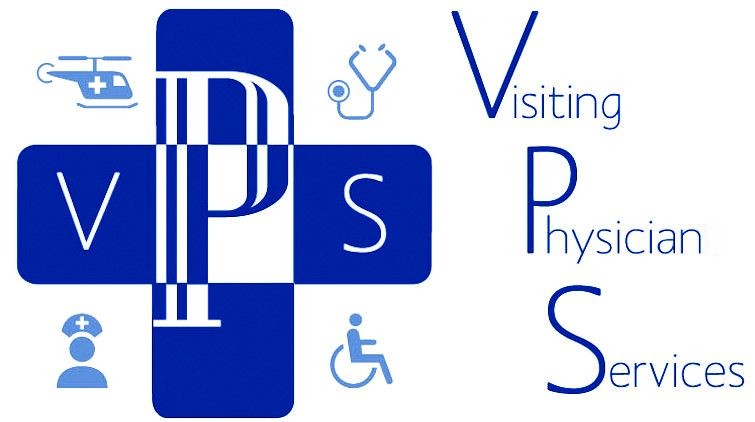Home visiting wound care providers work closely with other healthcare providers to ensure that patients receive comprehensive care that addresses their individual needs and promotes healing. Here are some ways home visiting wound care providers collaborate with other healthcare providers:
1. Referrals: Home visiting wound care providers may receive referrals from other healthcare providers, such as primary care physicians or hospital discharge planners, to provide wound care services to patients who are recovering at home.
2. Coordination of care: Home visiting wound care providers coordinate care with other healthcare providers involved in the patient’s care, such as physical therapists or wound care nurses, to ensure that all aspects of the patient’s care are addressed.
3. Sharing of information: Home visiting wound care providers share information with other healthcare providers involved in the patient’s care, such as wound progress and treatment plans, to ensure that everyone is on the same page and providing coordinated care.
4. Consultations: Home visiting wound care providers may consult with other healthcare providers, such as wound care specialists or nutritionists, to ensure that patients receive specialized care that addresses their individual needs.
5. Education: Home visiting wound care providers may provide education and support to other healthcare providers involved in the patient’s care, such as family members or caregivers, to ensure that everyone is equipped with the knowledge and skills needed to properly care for the patient’s wound.
Overall, home visiting wound care providers work closely with other healthcare providers to ensure that patients receive comprehensive care that addresses their individual needs and promotes healing. By collaborating with other providers, sharing information, consulting on specialized care, and providing education and support, home visiting wound care providers can help patients achieve better outcomes and improve their overall quality of life.
How Home Visiting Wound Care Providers Work with Other Healthcare Providers to Ensure Comprehensive Care


